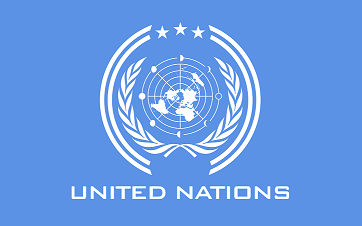The United Nations (UN) has reported that economic losses due to disasters in the Asia-Pacific region could exceed US $160 billion annually by 2030, and it has called for greater innovation in disaster risk financing to confront the issue.
 The UN Economic and Social Commission for Asia and the Pacific (ESCAP) stressed that only about 8% of catastrophe losses in Asia-Pacific are insured, despite the region having suffered almost $1.3 trillion in losses over the last 50 years.
The UN Economic and Social Commission for Asia and the Pacific (ESCAP) stressed that only about 8% of catastrophe losses in Asia-Pacific are insured, despite the region having suffered almost $1.3 trillion in losses over the last 50 years.
With costs related to extreme weather events rising due to increasingly crowded cities and the impacts of climate change, this staggering protection gap (disparity between economic and insured losses post-event) is set to widen even further, leaving individuals, businesses, and Governments to bear the costs.
Shamshad Akhtar, Executive Secretary of ESCAP, said: “Business as usual is unsustainable […] policy makers and financial strategists in both the public and private sectors have to work together.”
Akhtar emphasised that catastrophe losses in Asia-Pacific would have to be confronted using recent risk financing innovations like catastrophe risk modelling, parametric insurance, a mix of traditional and global financial reinsurance, and concessional insurance.
“The provision of a regional platform for building capacity as well as mutual trust among countries is the key to successful sovereign risk pooling [and] ESCAP, whose primary mandate is regional cooperation, is well suited for this role,” said Akhtar.
Mami Mizutori, Head of the UN Office for Disaster Risk Reduction (UNISDR), also suggested it was imperative that countries in Asia Pacific develop national strategies to strengthen their catastrophe resilience and mitigate natural hazard risks through disaster risk financing, resource management, and sustainable development.
“Let’s face it: when natural hazards hit, without these mechanisms, we cannot cope with the aftermath,” she said.
Insurers, reinsurers, and increasingly providers of alternative reinsurance capital are eager to expand into new regions and perils, accessing new, diversifying revenue streams while providing those that need it most with valuable protection.


